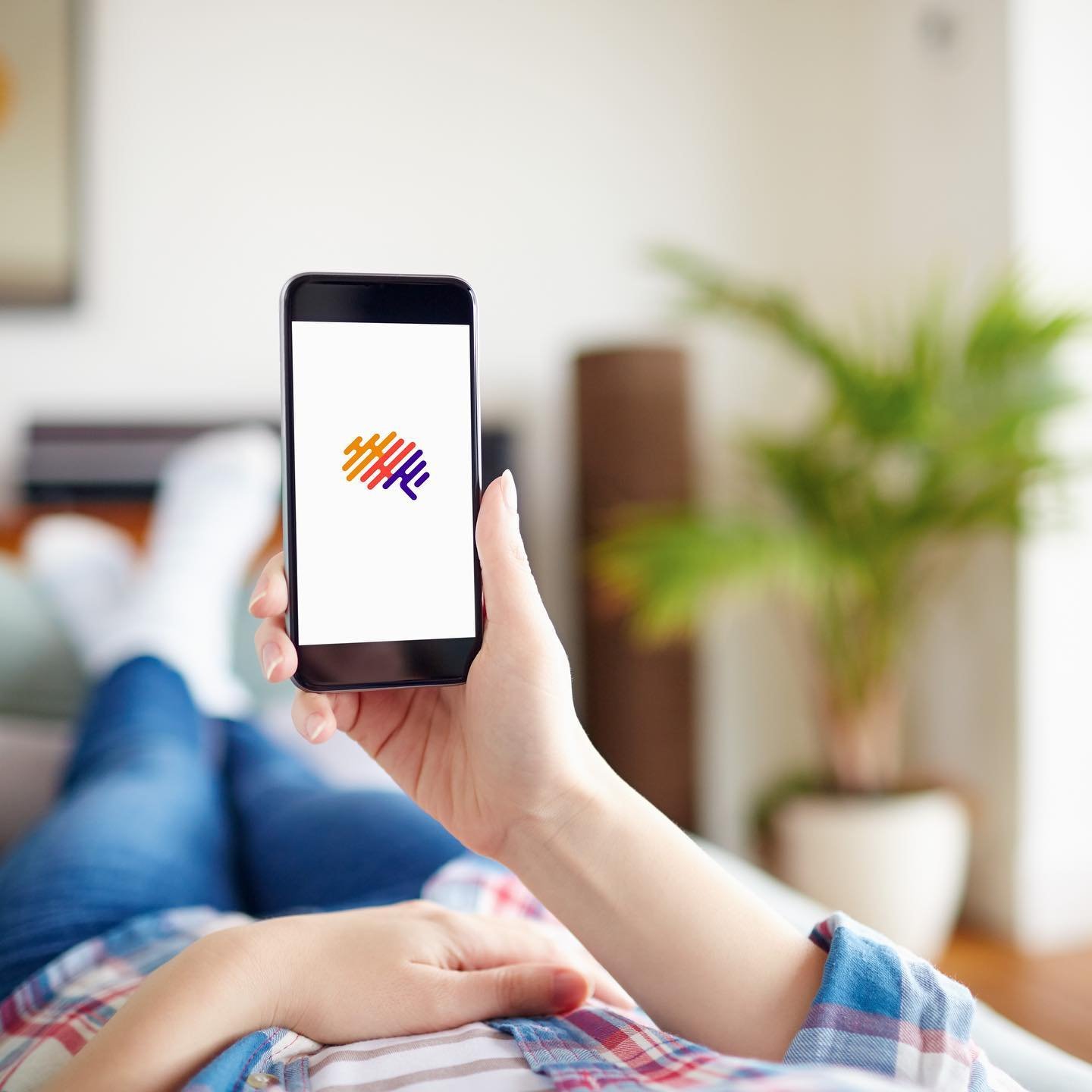BrainTap for Mental Clarity & Stress Relief: Does It Really Work?
If you’ve ever felt like your brain is a browser with 37 tabs open, 5 of them playing music you can’t find, and one stuck on a pop-up ad for “miracle” stress cures, you’re not alone. In our hyperconnected, always-on world, mental clarity and stress relief are more precious than a decent Wi-Fi signal at a coffee shop. Enter BrainTap-a technology that claims to synchronize your brainwaves, boost mental clarity, and melt away stress faster than you can say “neuroplasticity.” But does it really work? Let’s put on our functional medicine hats, roll up our metaphorical sleeves, and dig into the science (with a dash of wit).
What Is BrainTap?
BrainTap is a headset-based neurotechnology that combines light and sound therapy with guided meditation and visualization. Its mission: to guide your brain into optimal states for relaxation, focus, creativity, and sleep using a technique called brainwave entrainment-think of it as a personal trainer for your neurons, minus the sweat and questionable motivational slogans.
How Does BrainTap Work?
Brainwave Synchronization:
BrainTap uses pulses of light and sound to nudge your brain into specific states-alpha for calm focus, theta for deep relaxation, and delta for restorative sleep. This is achieved through binaural beats, guided imagery, and LED light sequences, all working together to “entrain” your brainwaves, much like syncing up to a catchy beat at a concert (but with less crowd-surfing).Neuroplasticity in Action:
At the heart of BrainTap’s claims is neuroplasticity-the brain’s ability to rewire and adapt. By regularly exposing your brain to novel sensory input, BrainTap aims to strengthen new neural pathways, supporting everything from sharper focus to emotional resilience.Stress Reduction and Nervous System Regulation:
By guiding your brain into slower, more relaxed wave states, BrainTap helps lower cortisol (the infamous stress hormone), calm the nervous system, and foster emotional stability. This can translate into less anxiety, better mood, and even improved sleep quality.
What Does Science (and Real People) Say?
Let’s separate the neuro-facts from the neuro-fiction:
Stress Relief: Studies and user reports consistently show that BrainTap can reduce stress and anxiety, with some clinics reporting up to a 60–78% reduction in stress symptoms within weeks. Users often describe feeling more relaxed and less frazzled after sessions.
Mental Clarity and Focus: BrainTap sessions targeting alpha and beta waves have been shown to improve focus, attention, and mental clarity-good news for students, professionals, and anyone who’s ever forgotten why they walked into a room.
Sleep Enhancement: By promoting delta and theta brainwave activity, BrainTap supports deeper, more restorative sleep. Some users report gaining up to two extra hours of quality sleep per week.
Emotional Well-Being: Regular sessions can help regulate emotions, decrease irritability, and foster a more optimistic outlook.
User Reviews: Anecdotal reports are overwhelmingly positive, with users noting improvements in creativity, productivity, and overall well-being. In one review, a user claimed a 38.5% improvement on the stress index after just one session-impressive, even if your only index is the one you use to scroll Instagram.
Is BrainTap Safe?
For most people, BrainTap is safe, non-invasive, and drug-free. Some may experience mild discomfort or dizziness when starting, but these effects are usually temporary. As always, if you have specific health concerns (especially neurological conditions or photosensitivity), consult your healthcare provider before donning the headset.
BrainTap vs. Traditional Meditation
The Functional Medicine Takeaway
As a functional medicine practitioner, I’m always on the lookout for safe, evidence-based tools that support the body’s innate healing capacity. BrainTap checks many boxes:
It leverages neuroplasticity, a well-established principle in brain health.
It’s non-pharmaceutical and non-invasive.
It’s accessible for a wide range of ages and conditions-from stressed-out executives to students, athletes, and those seeking better sleep or emotional balance.
Is it a magic bullet? No. But as part of a holistic approach-think movement, nutrition, mindfulness, and connection-BrainTap can be a powerful ally in your quest for mental clarity and stress relief.
Final Thoughts (and a Gentle Nudge)
If your brain feels like a tangled ball of holiday lights, BrainTap might just help you untangle the mess and shine a little brighter. It’s not a replacement for healthy lifestyle choices or professional therapy when needed, but it’s a promising, science-backed tool for those looking to optimize their mental wellness in a world that rarely hits pause.
So, next time you need to close all those mental tabs, consider giving BrainTap a try. Your neurons-and your sanity-might thank you.
References:
BrainTap Technologies. What is BrainTap?
McMurray, R. G., et al. "Binaural beat technology in humans: A pilot study to assess neuropsychological and physiological effects." Alternative Therapies in Health and Medicine, 2013.
Tang, Y.-Y., et al. "The neuroscience of mindfulness meditation." Nature Reviews Neuroscience, 2015.
American Psychological Association. Stress: The different kinds of stress
User Reviews & Clinical Reports.BrainTap Testimonials



